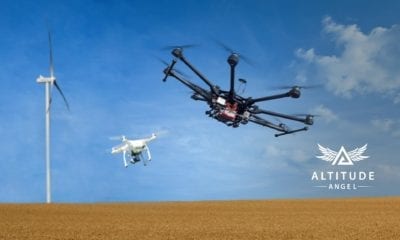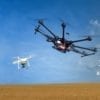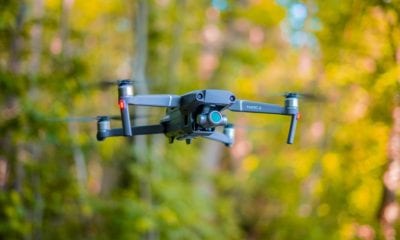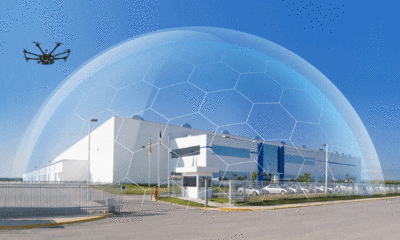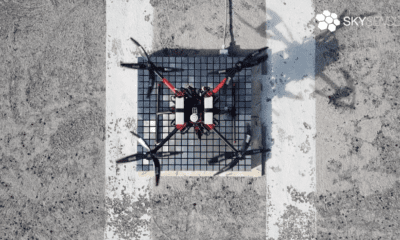
DJI
DJI Suggests Drone Traffic Monitoring Using OATs (On-Board Anti-Collision Technologies)
DJI Suggests Drone Traffic Monitoring Using OATs (On-Board Anti-Collision Technologies)
The rapid increase in the usage of drones for business, government and personal purposes has raised multiple concerns over safety and identification issues. Unauthorised and/or unsupervised usage of drones raises the risk of potential accidents involving mid-air collisions with other drones, fixed obstacles or even worse, manned aircrafts. There is also the possibility of drones being used for illegal purposes.
Improving affordability and newer commercial usage of drones has led to growing concerns on how to identify and ensure safe drone usage in an increasingly busy airspace. Authorities across the world are looking at regulations to manage drone traffic.
Drones present a unique challenge to the authorities in that they are remotely operated, unlike other monitored devices such as aircrafts, automobiles or mobile phones. This necessitates the use of some kind of remote identification technology, to track and identify unmanned aircraft systems (UAS), like drones. Remote UAS identification works like a car license plate, transmitting specific set of details to authorities. This allows localized identification of the drones.
UAS traffic management can be implemented via either a fully networked solution or a non-network solution. A fully networked solution:
- requires complicated and costly ground systems, requiring inputs from multiple stakeholders
- requires reliable network connectivity, failing which, could lead to deliberate non-compliance by operators
- raises concerns of privacy rights over permanent recording of flights and potential misuse of data
DJI, a leading manufacturer of civilian drones, has suggested a non-network solution, using existing technology and equipments to regulate drone traffic. DJI believes that UAS traffic management can be implemented through the use of existing On-board Anti-collision Technologies (OATs) in civilian drones. OATs use radio transmitters and receivers and obstacle sensing systems to avoid fixed obstacles and other drones, and do not require a centralised control centre, thereby bypassing the need to build additional costly ground infrastructure. Radio-based identification can work at distances greater than a mile and signals can be received through walls.
DJI has proposed the use of electronic identification, where local authorities can use ground-based sensors to obtain data, such as registration number, location, speed and direction, from specific drones as and when required. The data could be transmitted via existing radio or wi-fi links in the drones.
Issues of safety and security need to be balanced with concerns over operator privacy. DJI is of the opinion that the OAT-driven solution will offset the need to implement mandatory tracking of drones, thereby taking care of potential privacy issues. With inherent advantages in terms of complexities and cost of implementation, OAT systems are likely to get regulatory approval before a fully networked and automated UTM (Unmanned Traffic Management) system becomes operational.
DJI claims to have already developed a working system that can be suitably modified and used in drones developed by other manufacturers. The system is currently under testing and evaluation.

